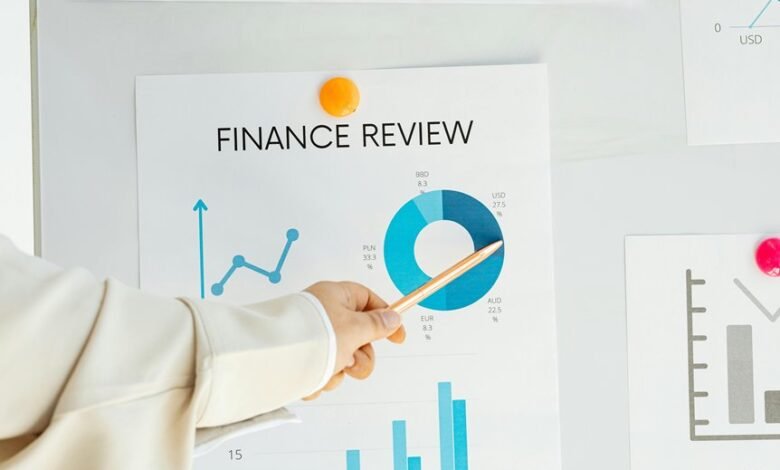Techniques for Advanced Financial Forecasting 3887222985

In the realm of advanced financial forecasting, the integration of machine learning and predictive analytics has emerged as a pivotal strategy for enhancing accuracy and mitigating errors. Techniques such as time series analysis and scenario planning offer organizations the tools to navigate potential market fluctuations with greater confidence. Moreover, data visualization transforms complex datasets into accessible insights, enabling informed decision-making. However, as the economic landscape evolves, the question remains: how can organizations effectively leverage these methodologies to not only forecast but also adapt to an increasingly unpredictable future?
Machine Learning Applications
As organizations increasingly seek to enhance their financial forecasting accuracy, machine learning applications have emerged as pivotal tools in this endeavor.
Techniques such as deep learning enable the processing of vast datasets to uncover complex patterns, while algorithm optimization ensures these models operate efficiently.
Predictive Analytics Techniques
Predictive analytics techniques have become essential for organizations aiming to enhance their financial forecasting capabilities.
Utilizing time series analysis allows businesses to identify patterns over time, while regression analysis helps in understanding relationships between variables.
These data-driven methods empower organizations to make informed decisions, optimizing resource allocation and minimizing risks.
Adopting such techniques fosters a culture of financial agility, ensuring sustainable growth and resilience.
Scenario Planning Strategies
Scenario planning strategies are critical for organizations seeking to navigate the complexities and uncertainties of the financial landscape.
By employing robust risk assessment and uncertainty analysis, companies can identify potential future scenarios and their impacts on financial performance.
This proactive approach enables decision-makers to develop flexible strategies, ensuring resilience against unforeseen market fluctuations and fostering a culture of adaptability in an unpredictable environment.
Data Visualization Tools
While effective financial forecasting relies heavily on accurate data, the ability to present that data in an accessible and insightful manner is equally crucial.
Data visualization tools, such as interactive dashboards, empower decision-makers by enabling real-time analytics.
These tools transform complex datasets into intuitive visuals, facilitating a clearer understanding of financial trends and enhancing strategic planning, thereby promoting informed decision-making and financial autonomy.
Conclusion
Advanced financial forecasting techniques, including machine learning, predictive analytics, scenario planning, and data visualization, collectively enhance decision-making processes in dynamic markets. Research indicates that organizations utilizing predictive analytics can improve forecasting accuracy by up to 15%. This statistic underscores the significant impact of integrating advanced methodologies in financial strategies, enabling firms to respond proactively to market changes. The adoption of these tools not only supports agile financial management but also fosters sustainable growth in an increasingly complex economic environment.




